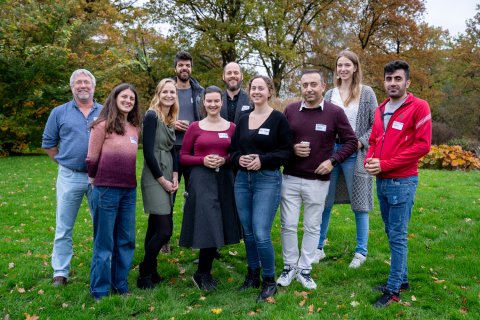About us
As an interdisciplinary research unit, Quantitative Biodiversity Dynamics will focus on four specific areas: Biodiversity in pattern and process, Natural functions and services, Collections and Systematics, and Education of Natural History. A research unit that will not only strengthen but also broaden the scientific foundations of Utrecht University Botanic Gardens in collaboration with the departments of Biology, Mathematics, Information Sciences and the Center for Complex System Studies.
We aim to develop a data driven approach to taxonomy, ecology, and biodiversity, thereby modernizing the ecological toolbox with novel techniques utilizing the ever-increasing available data. In doing so, we aim to expand our understanding of both global and local plant diversity from a fundamental perspective and to disseminate this knowledge to all of society in an open manner, in line with the strategic plans of Utrecht University. As a research unit we are integrally part of Utrecht University Botanic Gardens, but embedded at the department of Biology, in the research group of Ecology and Biodiversity.
About Utrecht University Botanic Gardens
The Utrecht University Botanic Gardens is one of the oldest and largest remaining academic botanic gardens of the Netherlands. Founded in 1639, it continues to provide the academic foundations for biodiversity and botanic research and education, as well as providing a platform across disciplines to exchange ideas and perspectives.
Originally designed as a teaching garden for students of Medicine in the city centre of Utrecht, comprising just one hectare with approximately 650 medicinal plant species, today we house over 9000 different plant species grouped around multiple thematic gardens that together span 9 hectares and serves to educate a broad audience.
The unique combination of extensive living collections in our garden, our digitized databases, scientific expertise and both national and international partnerships, give us a leading role in the plant sciences. This allows us to uniquely contribute to knowledge and understanding of the origin, maintenance and development of plant diversity, as well as facilitating the dissemination of that knowledge to a broad audience across society.


